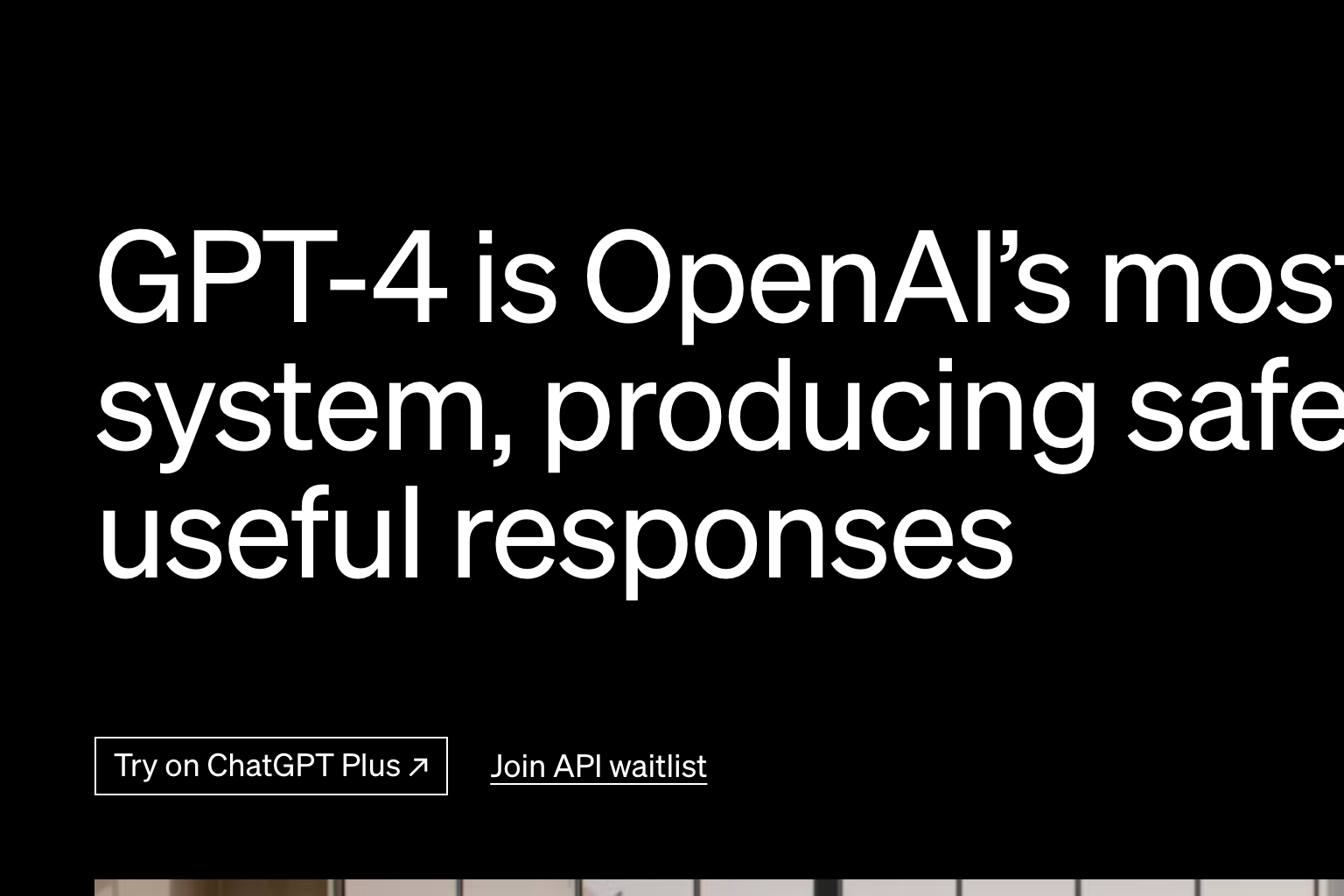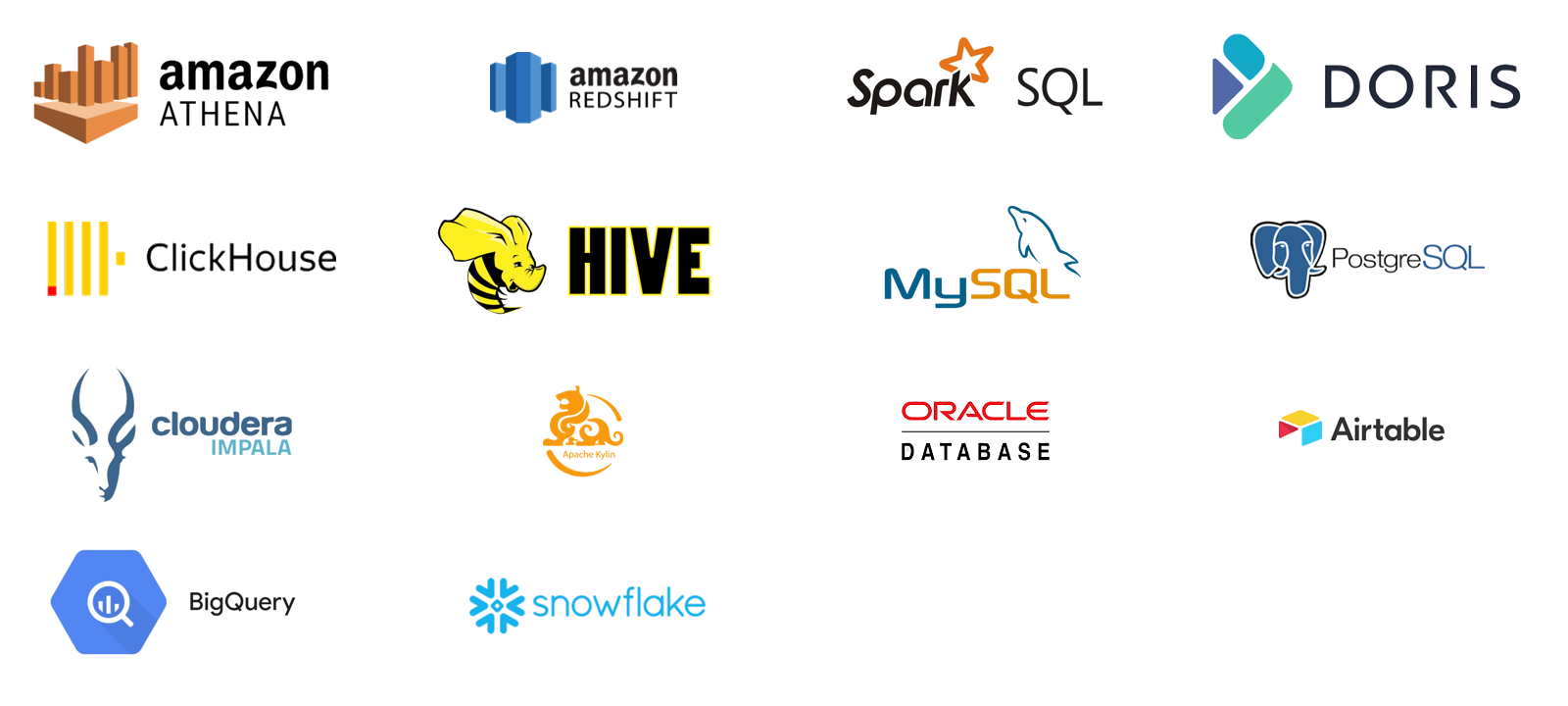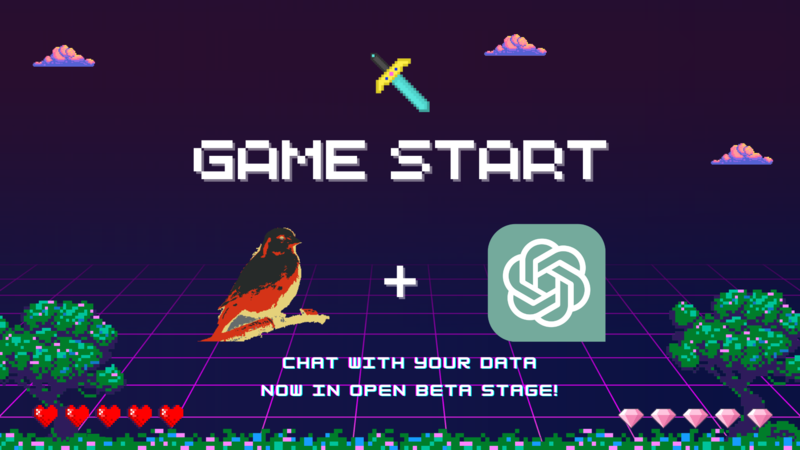ChatGPT-4 is Out And What Does it Mean for Data Analytics
Updated on

As a cutting-edge AI language model, GPT-4 has already revolutionized the field of data analytics. With its advanced reasoning abilities, it has become a favored tool across a range of industries, including finance, education, and healthcare. The technology is so impressive that many wonders if it can be used for data analysis. In this article, we will explore the key features of GPT-4 in the context of data analytics and how it compares to other tools like ChatGPT Data Analysis. Additionally, we will discuss the highly anticipated release of GPT-4 and what it means for the future of data analytics.
GPT-4: The Next Generation of AI
GPT-4 is the latest artificial intelligence language model from OpenAI. It is an improvement over its predecessor, GPT-3, and has advanced reasoning abilities that make it stand out. GPT-4 can apply to Stanford as a student, and its performance on standardized exams such as the BAR, LSAT, GRE, and AP is off the charts.
Multimodal Inputs
One of the most significant improvements of GPT-4 over its predecessor is its ability to accept both text and image inputs. This feature is a game-changer as it enables GPT-4 to generate captions and analyses from images, making it more versatile and useful in real-world applications. This feature can have a significant impact on data analytics, as it will allow businesses to analyze visual data more effectively.
Collaborative Writing
GPT-4's advanced reasoning capabilities make it an excellent tool for creative writing tasks such as songwriting and screenplay writing. What's even more impressive is that GPT-4 can learn your writing style and iterate with you to produce high-quality content. With a context size of 25,000 words, it can now handle full documents within a single prompt. This feature can be valuable for businesses that need to generate high-quality content quickly.
Academic Performance
GPT-4's academic performance is remarkable. For the uniform bar exam, GPT-4 scored in the 90th percentile, while ChatGPT, a language model with similar capabilities, scored only in the 10th percentile. Its performance on the biology olympiad is even more impressive, with GPT-4 scoring in the 99th percentile, while ChatGPT only scored in the 31st percentile. This feature can be valuable for businesses that need to analyze academic data quickly and accurately.
Safety and Alignment
OpenAI has taken steps to make GPT-4 safer and more aligned with human values. GPT-4 is now 82% less likely to respond to requests for disallowed content and 40% more likely to produce factual responses than GPT-3.5. This feature is essential for businesses that deal with sensitive data, as it will reduce the risk of producing inappropriate content.
Should You Upgrade to ChatGPT-4 from ChatGPT-3.5?
If you're currently using ChatGPT-3.5, you might be wondering if it's worth upgrading to ChatGPT-4. The answer to that question depends on your specific needs and use cases. If you require advanced reasoning capabilities, the ability to accept multimodal inputs, and collaborative writing features, then upgrading to ChatGPT-4 might be a no-brainer.
Additionally, if you're in the fields of education, creative writing, or research, the academic performance of GPT-4 might make it an invaluable tool.
However, if your current workload does not require these features, sticking with ChatGPT-3.5 might be the more cost-effective option. Ultimately, the decision to upgrade will depend on your specific needs and budget.
Use Cases or Applications to Data Analytics Field

GPT-4's capabilities make it a versatile and valuable tool in various industries, including data analytics. Here are some of its use cases:
-
Natural Language Processing: GPT-4's advanced reasoning abilities make it an excellent tool for NLP tasks, such as language translation, text classification, and text generation.
-
Sentiment Analysis: GPT-4 can analyze text data and identify the sentiment expressed in it, making it useful for customer feedback analysis and social media monitoring.
-
Predictive Analytics: GPT-4 can generate accurate predictions based on historical data, making it useful for predicting customer behavior, sales forecasting, and risk management.
-
Multimodal Analysis: GPT-4 can accept both text and image inputs, making it useful for analyzing visual and textual data, such as image captioning and visual question answering.
-
Collaborative Writing: GPT-4's ability to learn your writing style and iterate with you makes it a valuable tool for generating reports and summaries.
-
Research and Education: GPT-4's academic performance makes it an excellent tool for summarizing research papers and studying for standardized exams such as the LSAT and GRE.
Discover AI-powered Data Analysis with RATH Copilot
Struggling with overwhelming data and clunky BI tools can be a nightmare. But with RATH, you can say goodbye to the chaos and hello to effortless data analysis.
RATH (opens in a new tab) integrates ChatGPT into your data analysis workflow, acting as your 24/7 personal data analyst, streamlining your workflow and boosting your productivity. Get instant insights and stunning visualizations without the hassle.
Get Instant Insight with No Code
The workflow is stunningly simple:
- Connect Your Data Source to RATH
- Ask Any Question
- You can get instant Data Insights and Visualizations within seconds.
Everything is done with natural language, with no code required. Check out this awesome Demo about investigating the relationship between Bitcoin price and Gold price in history, by simply talking to RATH:
You can see how RATH easily extracts data from multiple sources and uses natural language to help you explore and understand your data.
Turbocharge Your Productivity
And say goodbye to data processing headaches!
Small teams often struggle with SQL queries and data processing, especially without a dedicated data analyst or technical skills. That's where RATH comes in to save the day.
RATH makes it easy for small teams to handle data processing using simple everyday language. Any team member can ask RATH for the information they need, and they'll quickly get useful insights and visualizations. This way, teams can focus on making the most of their data instead of struggling to get it.
Seamless Workflow Integration
RATH supports a wide range of data sources that does not disturb your existing workflow. Here are some of the major database solutions that you can connect to RATH:

We are about to launch the support for AirTable Integration. You can easily visualize your AirTable data with Natural Languages! Simply connect RATH to your AirTable data, and watch the magic happen:
Interested? Inspired? Unlock the insights of your data with one prompt: ChatGPT-powered RATH is Open for Beta Stage now! Get onboard and check it out!
Conclusion
GPT-4 is an exceptional language model that has raised the bar for artificial intelligence. Its advanced reasoning abilities, multimodal inputs, collaborative writing capabilities, and academic performance make it an invaluable tool for various industries. As OpenAI continues to improve GPT-4's safety and alignment, we can expect to see more use cases emerge in the future. Data analytics is just one area that will benefit from GPT-4's capabilities. It is an exciting time for artificial intelligence, and we can expect to see even more advancements in the years to come.
FAQ
-
Can I use ChatGPT to analyze data? Answer: ChatGPT is a language model designed to generate human-like responses to text-based prompts. While it can provide some insights into data, it is not specifically designed for data analysis and may not be the most efficient tool for this purpose.
-
Will ChatGPT replace data analysts? Answer: ChatGPT is not intended to replace data analysts. While it can provide some insights and generate reports, it does not have the expertise or experience of a human analyst who can interpret and contextualize data.
-
What data is used by ChatGPT? Answer: ChatGPT is a language model trained on a diverse range of text-based data sources, including news articles, books, and online content. It uses this data to generate responses to text-based prompts.
-
Does ChatGPT give the same answer to everyone? Answer: ChatGPT generates responses based on the input it receives. While it may provide similar responses to similar prompts, it does not give the exact same answer to everyone. Its responses may vary depending on the prompt and the context in which it is used.
-
Can you be caught using ChatGPT for school or university? Answer: ChatGPT is a legal and widely available tool. However, it is important to use it ethically and not to use it to deceive or manipulate others. Using ChatGPT inappropriately may have legal or ethical consequences for your education.
-
Is ChatGPT a threat to Google? Answer: ChatGPT and Google serve different purposes and are not direct competitors. While ChatGPT can generate responses to text-based prompts, Google provides a wide range of services, including search, email, and cloud storage.
